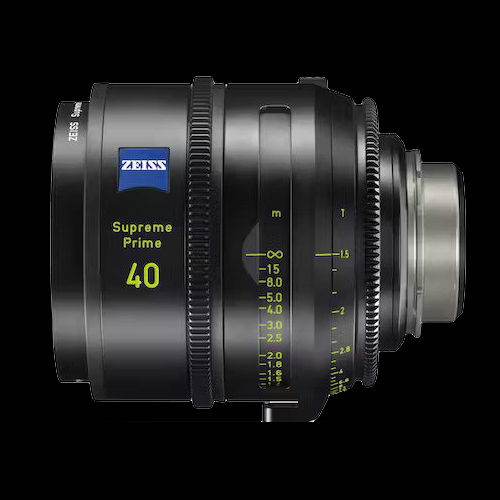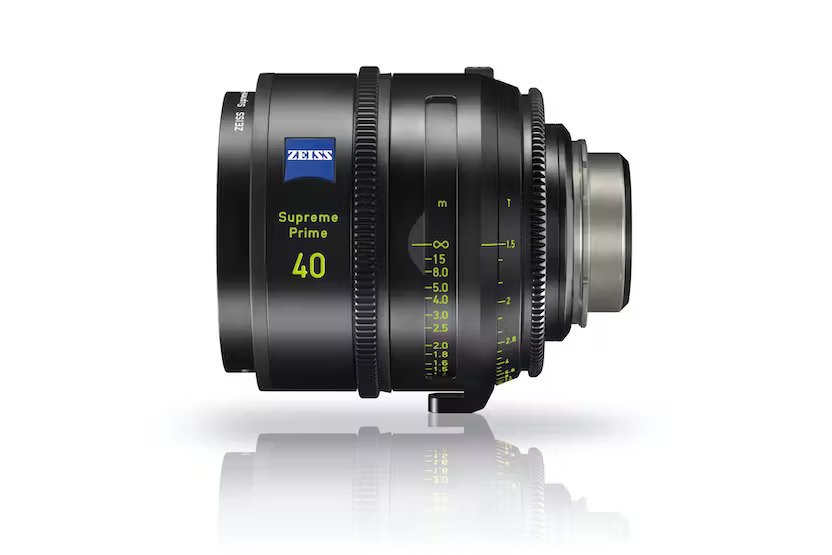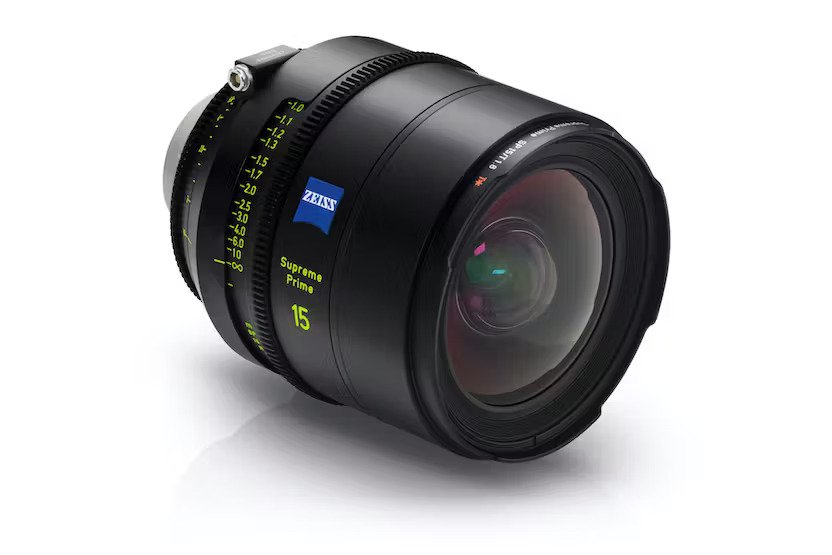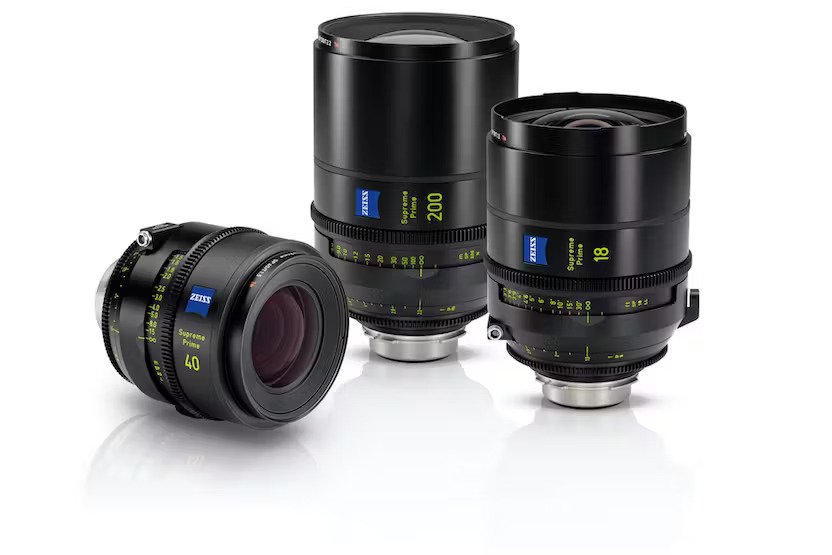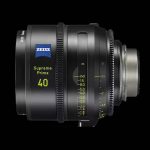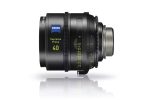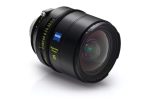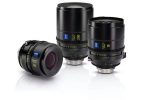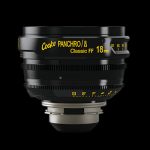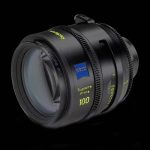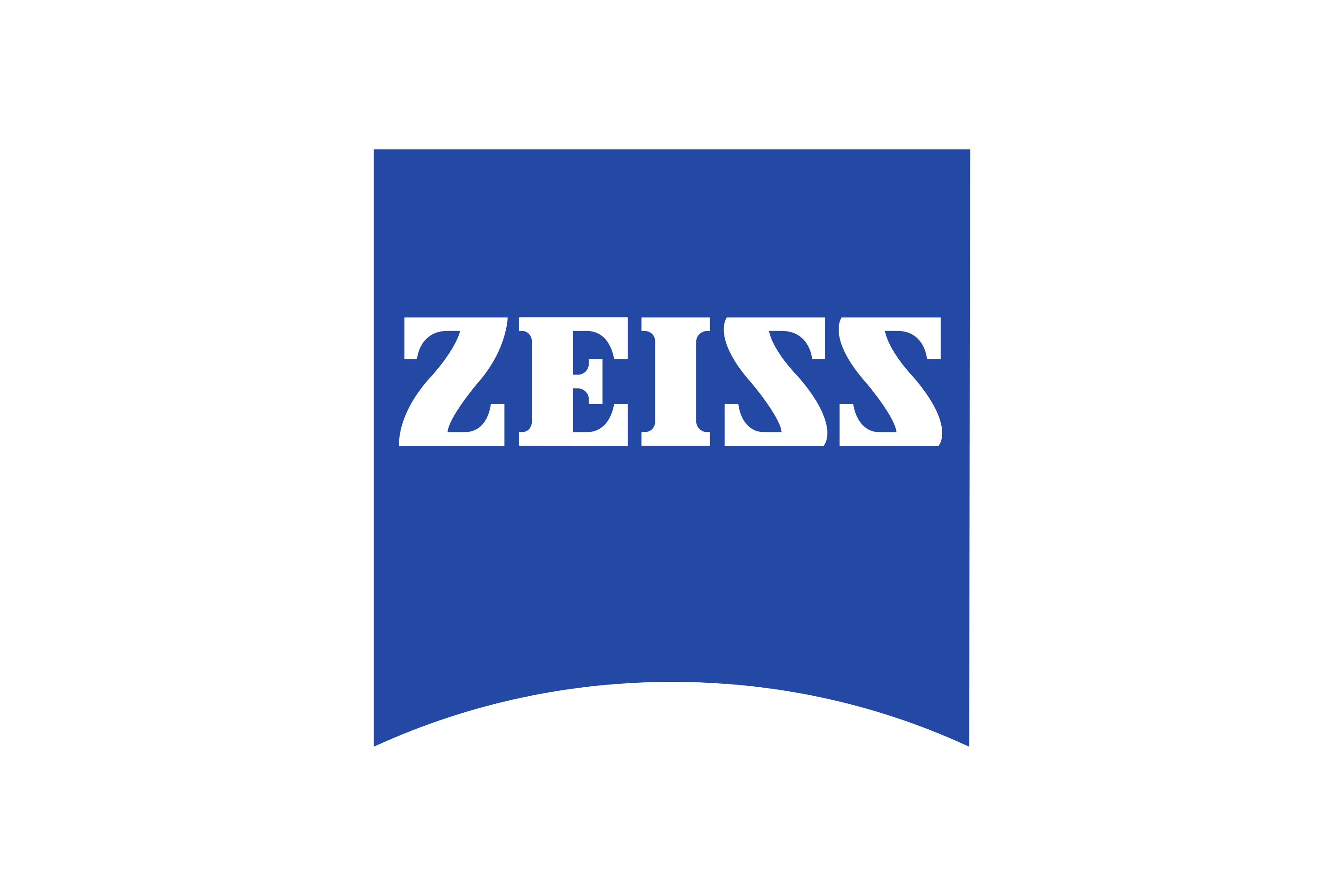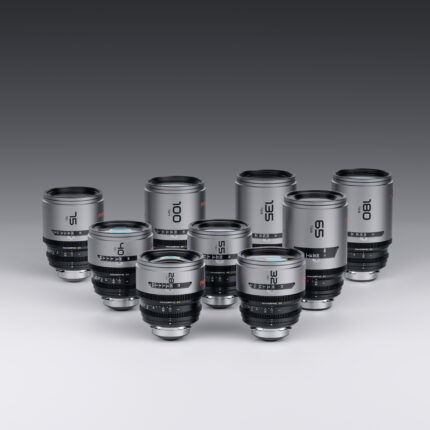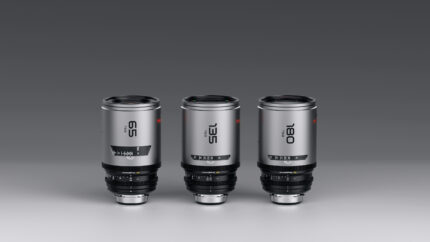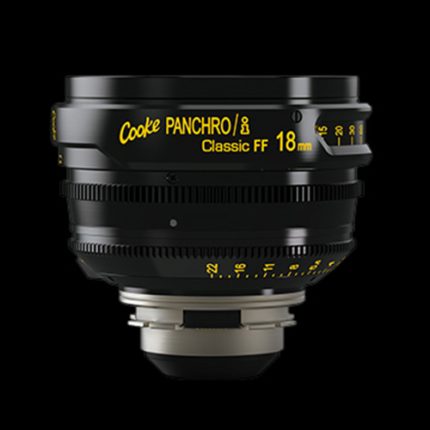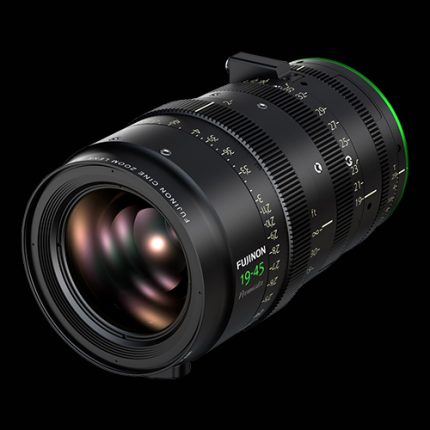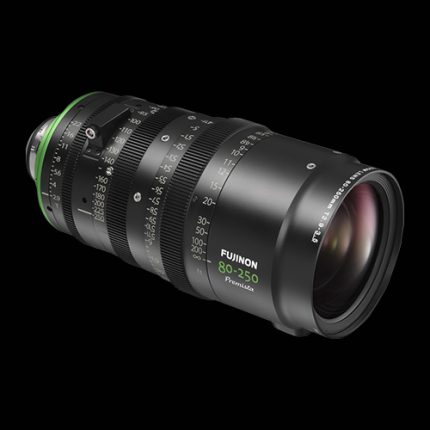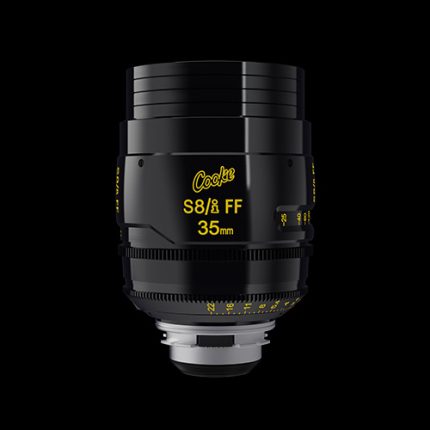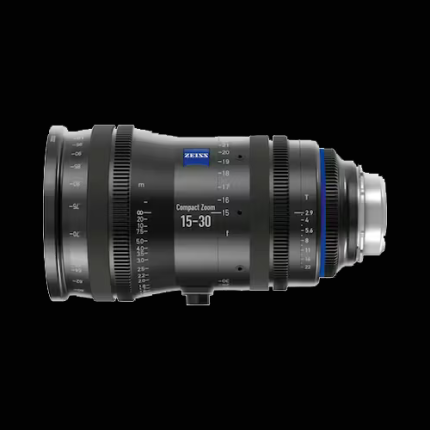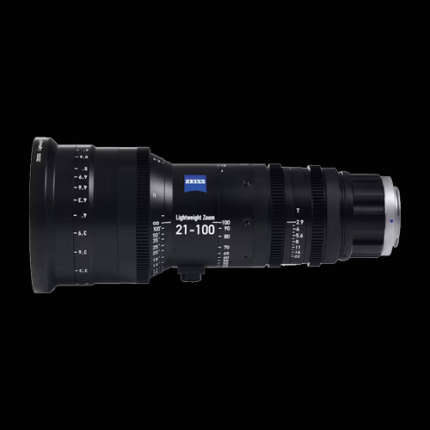ZEISS Supreme Prime Lenses
$0.00
Consistency is one of the key elements offered by the ZEISS Supreme Prime lenses: that means consistent coverage, color rendering, aperture, size, weight and ergonomics. All the lenses across the family cover sensors from Super 35 and smaller to full frame and beyond (FF+). The Supreme Prime lenses are color matched across the full range and most feature a fast T-stop of T1.5.
Cinematic sensor coverage and high speed
The ZEISS Supreme Prime lenses are designed to cover cinematic sensors from Super 35 and smaller to full frame and beyond (FF+), making them ideal for current and future camera systems. With most lenses at T1.5 the Supreme Primes demonstrate their unsurpassed craftsmanship in tricky low-light environments.
Aesthetic focus fall-off and elegant bokeh
A very smooth transition between in-focus and out of focus areas characterize the unique look of the ZEISS Supreme Prime lenses. This adds richer texture and greater depth to the image.
A versatile look and gentle sharpness
The ZEISS Supreme Primes possess a look, which ensures freedom in creating the look you want to achieve. Especially when capturing crucial textures such as skin tones, the unique quality of the ZEISS Supreme Prime lenses is a gentle sharpness that renders a crisp but organic look.
Efficiency and reliability throughout the entire production
The unique ZEISS eXtended Data technology offers lens metadata critical for VFX-intensive productions and workflows on set. The frame accurate information about focal length, focusing distance, T-stop and depth-of-field enables the camera assistant to work more precisely and eliminates guesswork for the DIT.
Made in Germany, used and maintained around the globe
ZEISS Cinematography lenses are designed and manufactured at ZEISS headquarters in Oberkochen, Germany. The lenses are assembled manually and engraved with individually calibrated scales. Serviceability is a top priority starting in the initial stages of the development process. ZEISS has built up a global service network in the recent years with authorized service stations offering service according to factory standards in the US, Europe and Asia.
ZEISS eXtended Data technology
Simplify and increase the accuracy of the image capturing and processing workflow. ZEISS eXtended Data unifies two data sets: key lens data based on the Cooke /i* Technology and the ZEISS distortion and shading lens data. After recording on set together with the video files, they can be applied in post-production for compositing for example by using the ZEISS developed lens plugin.
| Brand | |
|---|---|
| Minimum MM |
15MM |
| Maximumm MM |
200MM |

